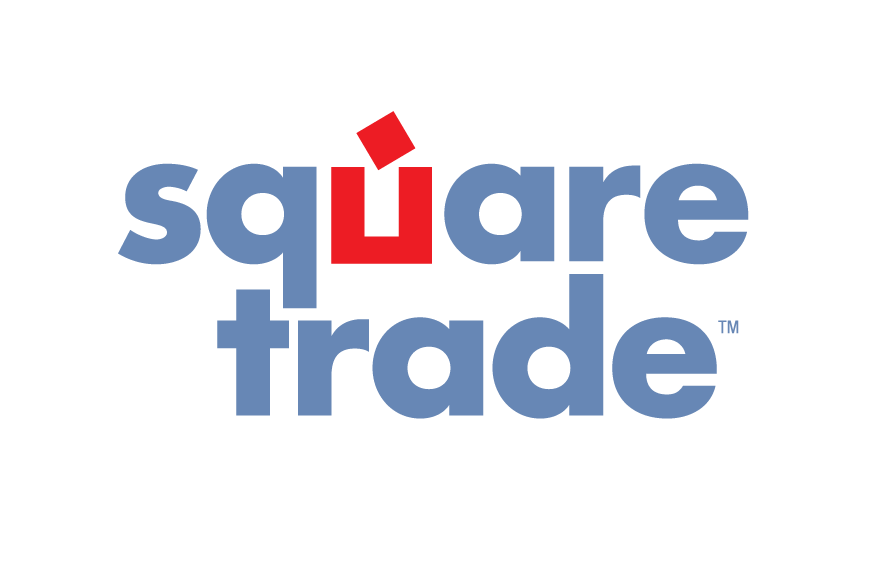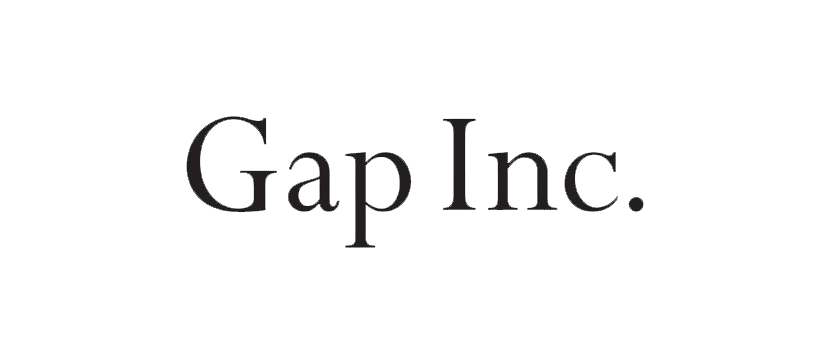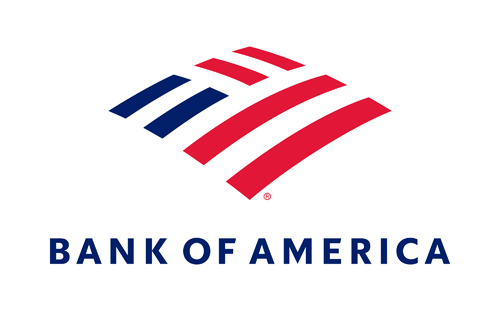Economic Recovery – Great News Right?
 So…what’s up with the recession? Economists, stock traders, hedge fund managers, bookstore clerks, the bagger at the grocery store, even the random dude standing at the corner of my apartment building screaming about the end of the world all seem to be putting forth their two cents on this topic.
So…what’s up with the recession? Economists, stock traders, hedge fund managers, bookstore clerks, the bagger at the grocery store, even the random dude standing at the corner of my apartment building screaming about the end of the world all seem to be putting forth their two cents on this topic.
A couple of weeks ago, forecasters polled by the National Association for Business Economics (NABE) generally sounded optimistic – keeping in line with views held by the Fed – predicting that via a bumpy recovery, the U.S. recession should end very soon. This recession has been termed by many as the greatest financial disaster since the Great Depression with majority of the optimists expressing opinions that it should end by the third quarter of 2009 and the remaining advocating for either the last quarter of this year or else the first quarter of 2010.
Now before I proceed, I would like to clarify my stance on the comparison of this recession with the Great Depression. The real estate price boom between 2000 and 2007 largely is the culprit for the most recent crisis. Economic historians have written several papers in the last year discussing such comparisons and the major similarity would appear to be the sharp drop in the stock prices in the first year following the peak of the market.
There was a drop in the Dow of 48 percent in 1930 and a drop of 37 percent in 2008. Yet the issue in the 1920s seems to have been propelled by a quantity boom as opposed to the more recent price boom. The latter period was fueled by low interest rates stemming from a loose monetary policy and some so-called innovative methods for breaking down discriminatory lending practices as folks with bad credit or folks who didn’t put down much in the form of down payments were allowed to take out loans. Even those who had credit but no real source of income were allowed to take out large mortgage loans. The background checks and good lending practices were thrown to the wind as loans were granted left and right. Good old Fannie and Freddie proceeded to purchase huge chunks of such loans between 2004 and 2006 and we all know what happened shortly thereafter.
There has also been a stark difference in the way the U.S. government has reacted to this crisis as compared with their reactions during the Great Depression. The Fed most recently has flooded the market with liquidity, provided guarantees galore to shore up confidence in failing institutions and placed institutional checks in place at all levels. Whereas in the 1930s, boy were they ever so slow. It took them three years to make much of a move as they focused on maintaining the gold standard and during the same period they watched as the unemployment rate skyrocketed to 20 percent. For my readers who have issues with the way the current Fed has approached this problem, note that I am not discussing the efficacy of the current Fed’s moves nor am I passing accolades on their speed. I am simply addressing the myth of the apparent similarities between the two crises in albeit a simplistic and beaten down fashion.
Now that I got that out of the way and sidetracked us in the process, allow me to continue discussing the optimistic views of the NABE. Recoveries after financial crises tend be slow and these economists don’t believe this case to be any different. Yet as the economy rebounds slowly, unemployment will continue to rise. The NABE’s surveyed forecasters believe that the unemployment rate could average 9.1 percent (currently listed as 9.4 percent as of May) which would be a huge jump from the 5.8 percent level of 2008. Some even believe that it could reach 10.7 percent in the second quarter of 2010. With unemployment rising and firms announce massive layoffs, consumers will continue to stay subdued with regard to discretionary spending as household wealth has taken quite a beating. Interestingly enough, Americans’ personal savings edged up a bit in the first quarter of 2009 to 4.2 percent.

Yet looking at the newly released figures from the Bureau of Labor Statistics, the figures listed above are quite conservative. The official unemployment rate – termed the U-3 levels – as most know is always lower than the U-6 level which includes marginally attached workers (those neither working nor actively seeking jobs) and those employed part time for economic reasons. This figure rose to a startling 16.4 percent in May – a rise of 7 percent since January of this year.
Being the economic geek that I am, I decided to further explore changes in the oil sector which rose precipitously to an all time high of $147 a barrel in 2008 and then slammed its breaks going into reverse overdrive dropping to $32.40 this year. Nevertheless, oil has once again been steadily rising and in the process delighting members of OPEC and other oil producing countries who pretty much banked their annual budgets on $80/barrel prices. Economists who swear by oil-market fundamentals are slightly confused by the rise – around $70/barrel recently – as they couldn’t point towards supply and demand mechanisms as the causes, rather the fingers are once more pointing towards speculators.
Now before I proceed, I must remind my readers that oil economists have drilled – get it, oil, drilled – into studies that the key element of quantity demand reflecting short-run changes in oil prices is income rather price. If for example one were to examine petrol consumption against the U.S. GDP in the last 60 years, regardless of the fluctuations in the price of oil over this period, petrol consumption largely followed income growth at a rather steady pace.
That being said, if we closely examine the most recent oil recovery state, it would appear to be driven by the Asian markets as opposed to the markets in the West. The West reduced their consumption over the last few years while large increases in demand came from China, India and even countries in the Middle East. In addition, U.S. crude oil inventories which had so far this year remained above average, have since May declined significantly while the price of oil has significantly increased during the same period. Some economists have nevertheless concluded that storage costs caused physical traders to dump the oil on the market and the artificial price currently sitting above $60 – further caused by these so-called speculators looking to make a quick buck – would crash back below $30 in due time. The demand in the Asian tigers would not be sufficient they argue to prop up the price.
Regardless of the trend be it driven by speculators, be it by the actual Asian demand, be it stability in income as I alluded to earlier or even perhaps expectations of economic recovery, what really matters to the average American is that the short respite they enjoyed when oil prices dropped had a significant strengthening effect on their household finances. So the oil price recovery is all too troubling for them. The projected increase in the share of energy purchases in consumer budgets appears to once again be reaching 6 percent as in the last year. This of course after adjusting for differences in last year’s high food costs compared with this year’s.
It is hard then for the average person to share the optimism of the NABE forecasters when faced with such stats. Consider even the housing prices which have been progressively declining over the last three years. Most of the homes sales of late are not market timed; rather they are a result of economic necessity stemming from issues of foreclosures, unemployment, inability to pay bills etc. Therein lies then another area where recovery will not be coming anytime soon. Therefore projected growth rates of 2 percent forecasted by the NABE are all fine and dandy, but it certainly is going to be a painful recovery over the next year.













































